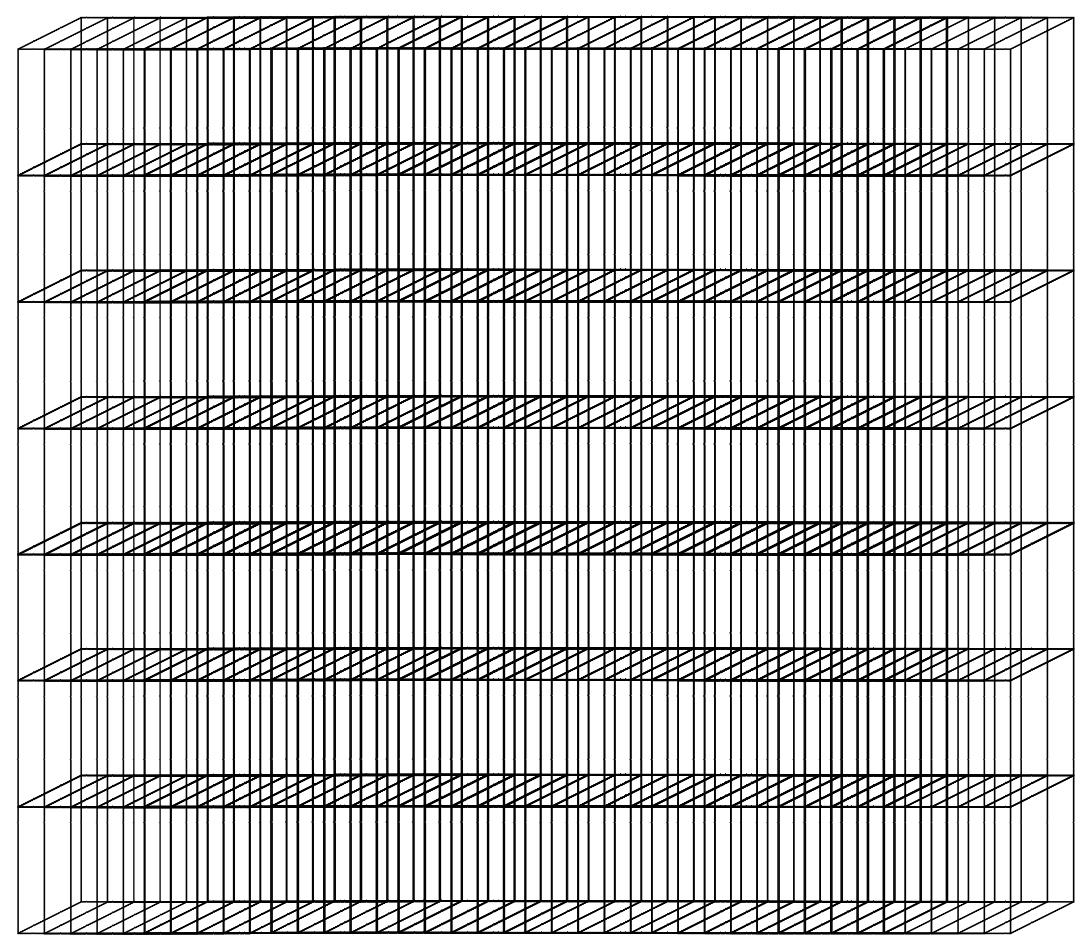<script src="../build/three.js"></script>
<script src="js/WebGL.js"></script>
<script src="js/libs/stats.min.js"></script>
<script src="js/CurveExtras.js"></script>
<script src="js/geometries/ParametricGeometries.js"></script>
<script>
if ( WEBGL.isWebGLAvailable() === false ) {
document.body.appendChild( WEBGL.getWebGLErrorMessage() );
}
var camera, scene, renderer, stats;
init();
animate();
function init() {
var container = document.getElementById( 'container' );
camera = new THREE.PerspectiveCamera( 45, window.innerWidth / window.innerHeight, 1, 2000 );
camera.position.y = 400;
scene = new THREE.Scene();
//
var ambientLight = new THREE.AmbientLight( 0xcccccc, 0.4 );
scene.add( ambientLight );
var pointLight = new THREE.PointLight( 0xffffff, 0.8 );
camera.add( pointLight );
scene.add( camera );
//
var map = new THREE.TextureLoader().load( 'textures/UV_Grid_Sm.jpg' );
map.wrapS = map.wrapT = THREE.RepeatWrapping;
map.anisotropy = 16;
var material = new THREE.MeshPhongMaterial( { map: map, side: THREE.DoubleSide } );
//
var geometry, object;
geometry = new THREE.ParametricBufferGeometry( THREE.ParametricGeometries.plane( 100, 100 ), 10, 10 );
geometry.center();
object = new THREE.Mesh( geometry, material );
object.position.set( - 200, 0, 200 );
scene.add( object );
geometry = new THREE.ParametricBufferGeometry( THREE.ParametricGeometries.klein, 20, 20 );
object = new THREE.Mesh( geometry, material );
object.position.set( 0, 0, 200 );
object.scale.multiplyScalar( 5 );
scene.add( object );
geometry = new THREE.ParametricBufferGeometry( THREE.ParametricGeometries.mobius, 20, 20 );
object = new THREE.Mesh( geometry, material );
object.position.set( 200, 0, 200 );
object.scale.multiplyScalar( 30 );
scene.add( object );
//
var GrannyKnot = new THREE.Curves.GrannyKnot();
var torus = new THREE.ParametricGeometries.TorusKnotGeometry( 50, 10, 50, 20, 2, 3 );
var sphere = new THREE.ParametricGeometries.SphereGeometry( 50, 20, 10 );
var tube = new THREE.ParametricGeometries.TubeGeometry( GrannyKnot, 100, 3, 8, true, false );
torus = new THREE.BufferGeometry().fromGeometry( torus );
sphere = new THREE.BufferGeometry().fromGeometry( sphere );
tube = new THREE.BufferGeometry().fromGeometry( tube );
object = new THREE.Mesh( torus, material );
object.position.set( - 200, 0, - 200 );
scene.add( object );
object = new THREE.Mesh( sphere, material );
object.position.set( 0, 0, - 200 );
scene.add( object );
object = new THREE.Mesh( tube, material );
object.position.set( 200, 0, - 200 );
object.scale.multiplyScalar( 2 );
scene.add( object );
//
renderer = new THREE.WebGLRenderer( { antialias: true } );
renderer.setPixelRatio( window.devicePixelRatio );
renderer.setSize( window.innerWidth, window.innerHeight );
container.appendChild( renderer.domElement );
stats = new Stats();
container.appendChild( stats.dom );
window.addEventListener( 'resize', onWindowResize, false );
}
function onWindowResize() {
camera.aspect = window.innerWidth / window.innerHeight;
camera.updateProjectionMatrix();
renderer.setSize( window.innerWidth, window.innerHeight );
}
function animate() {
requestAnimationFrame( animate );
render();
stats.update();
}
function render() {
var timer = Date.now() * 0.0001;
camera.position.x = Math.cos( timer ) * 800;
camera.position.z = Math.sin( timer ) * 800;
camera.lookAt( scene.position );
scene.traverse( function ( object ) {
if ( object.isMesh === true ) {
object.rotation.x = timer * 5;
object.rotation.y = timer * 2.5;
}
} );
renderer.render( scene, camera );
}
</script>
Source URL: https://github.com/mrdoob/three.js/blob/master/examples/webgl_geometries_parametric.html



